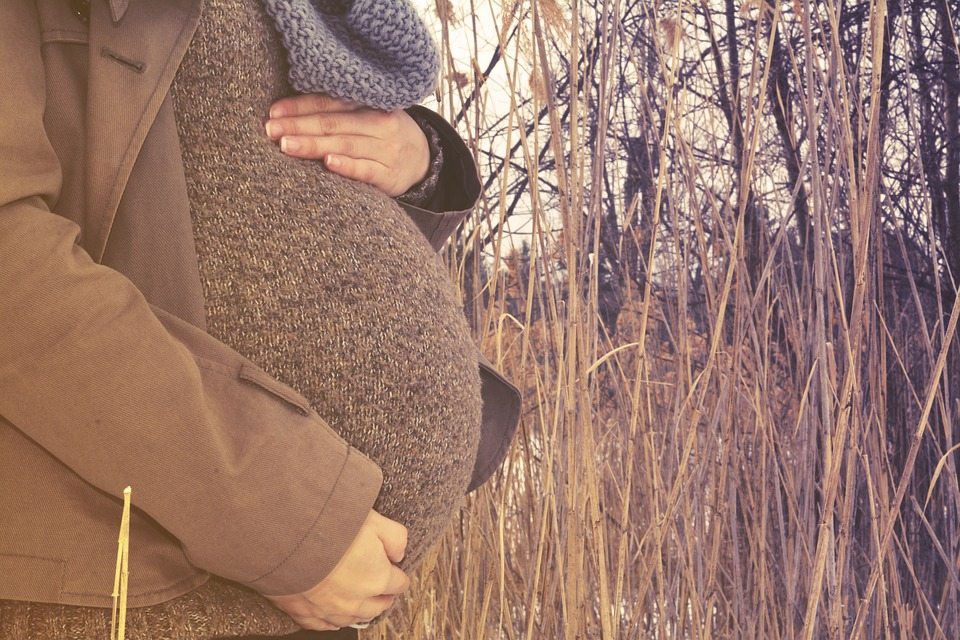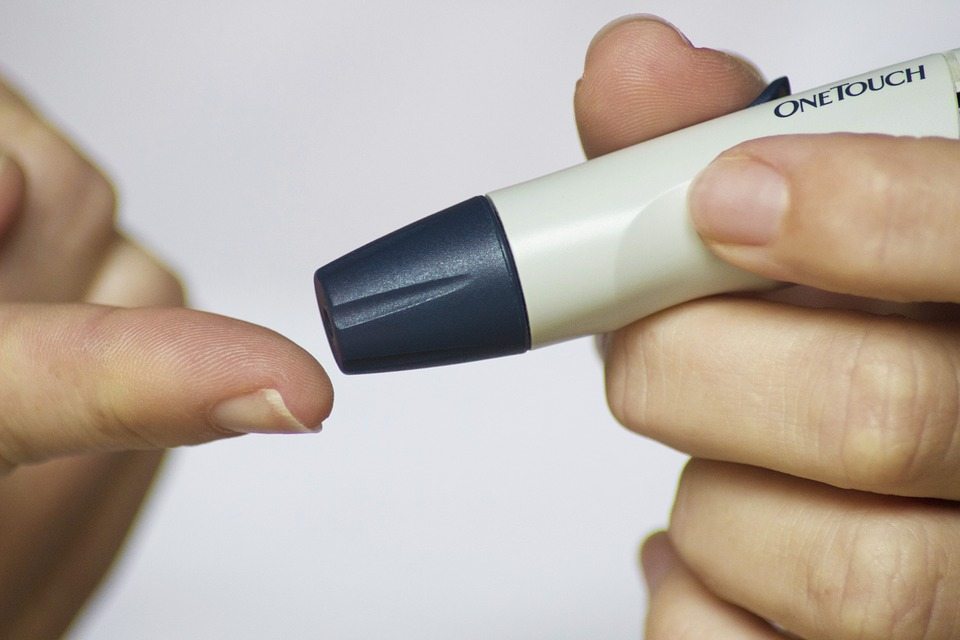What is Gestational Diabetes?
According to Diabetes Australia between 5% – 10% of women will be diagnosed with Gestational Diabetes Mellitus between the 24th and 28th week of their pregnancy. So what is it?
Simply put, Gestational Diabetes Mellitus (GDM) occurs when the glucose levels in the blood stream are higher than normal. Insulin in our body moves glucose and sugar from our blood stream and into our cells and it is used for energy. Like when you eat something sugary you have a little more energy for a short time, that’s how it works. If you have GDM this process is blocked by the hormones from the placenta and the cells become ‘insulin resistant’, which means that the glucose and sugar is kept in your blood stream and your blood glucose levels are high.
The women at risk of developing GDM according to Diabetes Australia and The Royal Women’s Hospital (RWH) are;
- Are over 25 years of age
- Have a family history of type 2 diabetes
- Are overweight
- Are from an Indigenous Australian or Torres Strait Islander background
- Are from a Vietnamese, Chinese, middle eastern, Polynesian or Melanesian background
- Have had gestational diabetes during previous pregnancies
- Have previously had Polycystic Ovary Syndrome
- Have previously given birth to a large baby
- Have a family history of gestational diabetes
Both say that Gestational Diabetes “usually goes away after the baby is born,” however throughout the remainder of the pregnancy a women with GDM will need to be closely monitored and will need to manage her diet after diagnoses.
Testing is routine in antenatal care and is usually preformed between the 24th and 28th weeks of pregnancy with a simple blood test known as the Glucose Challenge Test, if your blood glucose level (BGL) is higher than normal you will be offered another test called the Glucose Tolerance Test (GTT). The GTT is to assess how your body will respond to a ‘glucose load’ (or how efficiently the glucose moves from the blood stream to the cells). The test requires you to fast for 8-12 hours prior to a blood test, after which you will be asked to drink the ‘glucose load’ and wait another 1-2 hours before another blood test. “Gestational Diabetes will be diagnosed if your blood sugar levels are above what they should be” according to The RWH.
For many women learning of their GDM diagnosis can be very stressful and upsetting, however the majority of women go on to have a healthy pregnancy and healthy baby with proper management and monitoring. There are three simple ways to effectively manage Gestational Diabetes says Diabetes Australia;
• Monitoring of Blood Glucose Levels throughout the pregnancy
You will be taught by your Doctor or Diabetes nurse how to check your levels at home and what range your medical team want your BGL to be in. If you are measuring outside of the range your team may advise that you start taking medication to help.
• Healthy Eating
Eating the correct food will ensure you and your baby are provided with adequate nutrition whist helping to keep your Blood Glucose Level in the right range. You will be advised which foods are best for you and your baby and which foods you should refrain from.
• Exercise
Before starting any new exercise or physical activity it is best to check with your Obstetrician first. Exercise can help to reduce insulin resistance and keep your glucose level at a normal range.
After your baby is born you will be offered the GTT six week after delivery. It is important to remember that women who had GDM throughout their pregnancy are at a higher risk of developing Type 2 Diabetes later in life so it is recommended that you are tested for Diabetes every 2-3 years, when planning your next pregnancy or if you become unwell.
Your baby will have their Blood Glucose Level monitored within the first few hours of life to ensure their levels are normal. Some babies will have a low reading and will need to be monitored in the Special Care Nursery until their BGL increases and remain within the appropriate range for their age.











